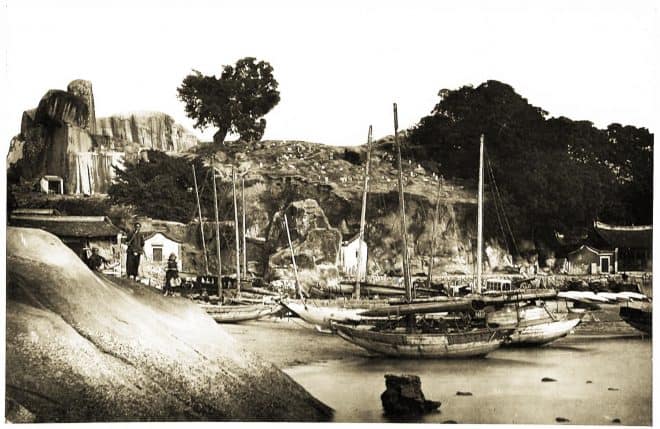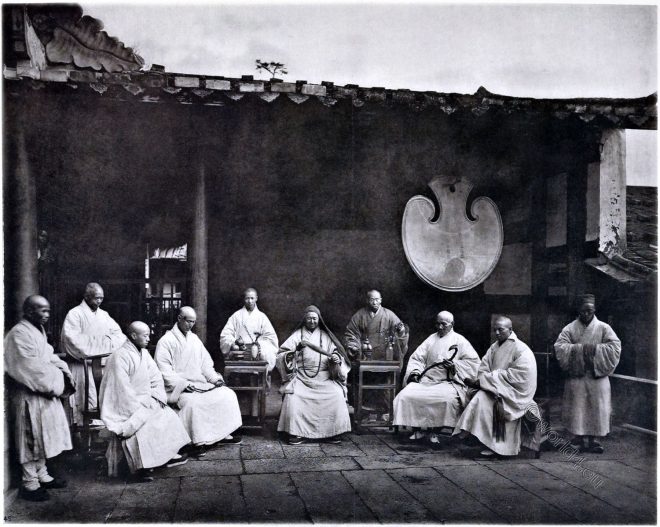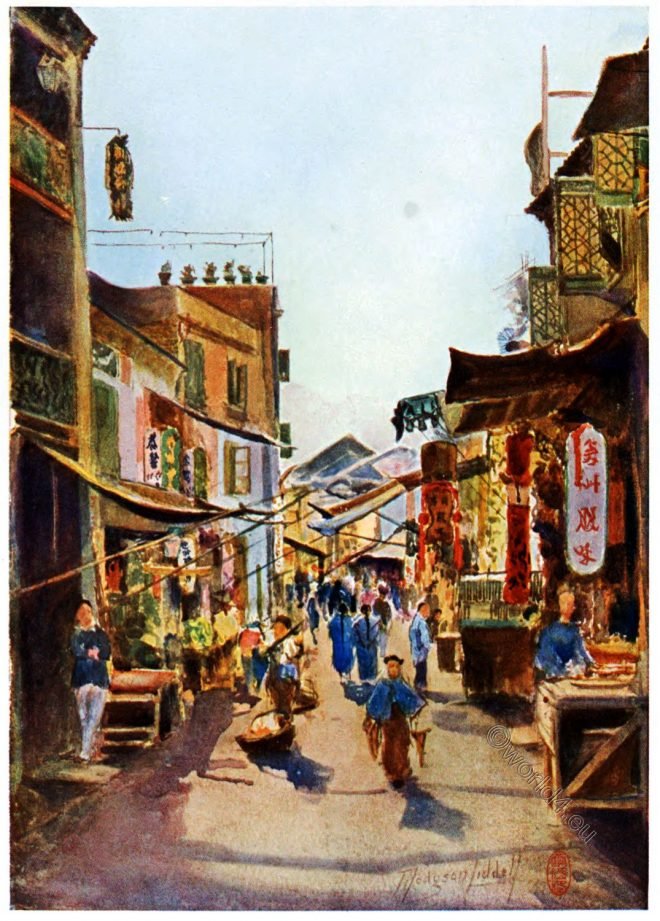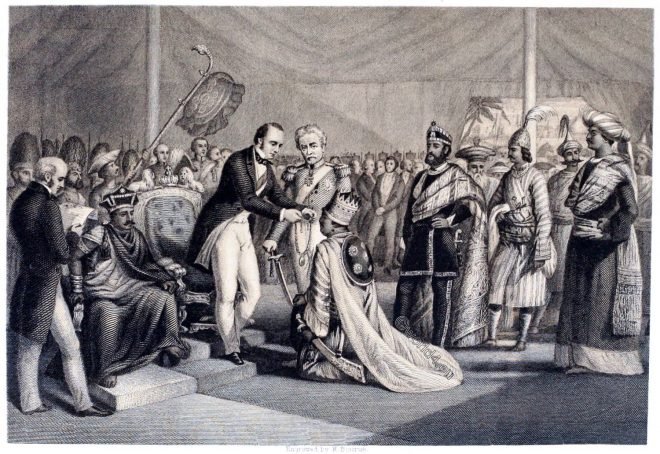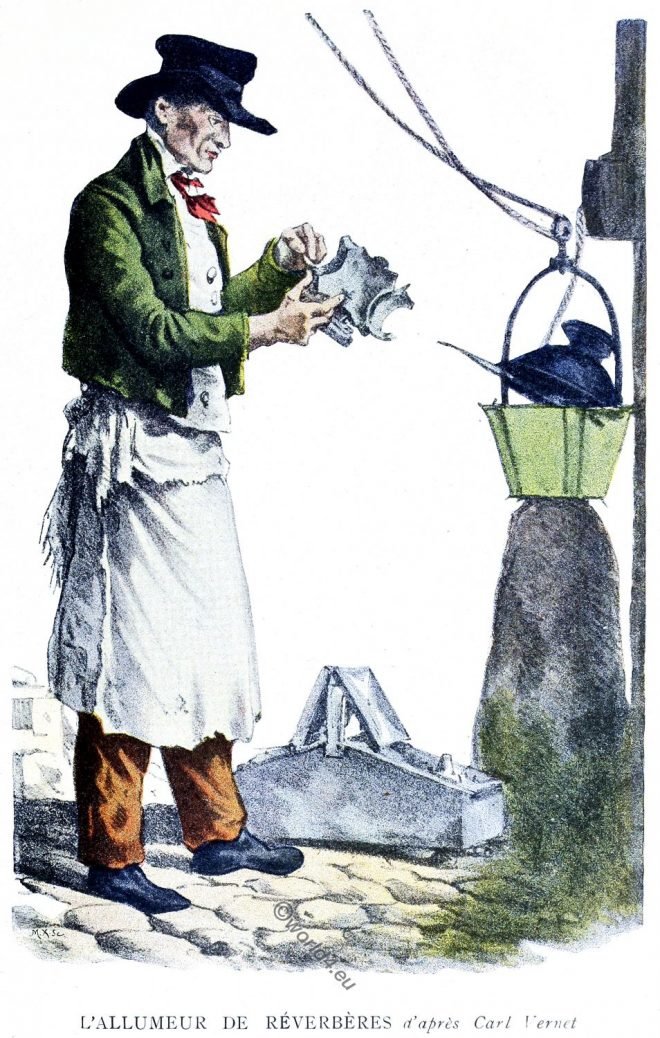Amoy, today Xiamen, Fujian Province China, was one of the earliest ports to which foreigners resorted.
Category: 19th Century
Laundress from around Lisbon, Portugal. Musée cosmopolite.
Laundress from around Lisbon. She represents a washerwoman from the outskirts of Lisbon who takes the clothes to be washed.
The Abbot and Monks of Kushan Monastery about 1870.
The similarity between the Buddhist faith and the Roman Catholic churches may be traced even more minutely than this. “Buddhists everywhere have their monasteries and nunneries, their baptism, celibacy and tonsure, their rosaries, chaplets, relics, and charms, their fast-days and processions, their confessions, mass, requiems, and litanies, and, especially in Tibet, even their cardinals, and their pope.”
Old bridge in Chao-Chow-Fu, Guangdong, China.
Guangji Bridge (Chaozhou). Kwangtung province, China.
Chinese Pagoda, Kwangtung Province, on the right bank of the Han river.
The one shown here stands on the right bank of the Han river, near Chao-chow-fu, and, like all the best examples of such edifices, the whole ground structure up to the first story is composed of stone.
Macao in 1834. The settlement of Chinese, British and Portuguese traders.
The occupation of Macao by a grant from the head of the celestial empire to the Portuguese, as a reward for their services against the pirates infesting the islands at the mouth of the Canton river, took place on or about the year 1586.
A Chinese woman of highest class.
The annexed Plate represents a female of the highest class in her finest habit.
Lakshmibai, Rani of Jhansi, a leader of the great Indian uprising of 1857.
Lakshmibai, Rani of Jhansi Lakshmibai (Hindi: लक्ष्मीबाई, Lakṣmībāī, originally Manikarnika मणिकर्णिका Maṇikarṇikā; born 1828 in Benares; deceased on 17th June, 1858 in Gwalior) was a Rani (Queen) of Jhansi and… Read More
The Grand Durbar at Cawnpore after the Indian Uprising of 1857.
Grand Durbar at Cawnpore after the suppression of the Sepoy Revolt. Lord Canning investing the loyal Rajahs with decorations and proprietary rights by Marshall Claxton, Blackie and Son, London, Glasgow and Edinburgh, 1862.
The Lantern lighter after Carl Vernet around 1823. Historical professions.
Historical professions. City employee who lights the street lamps at nightfall. Parisian Characters around 1823.

